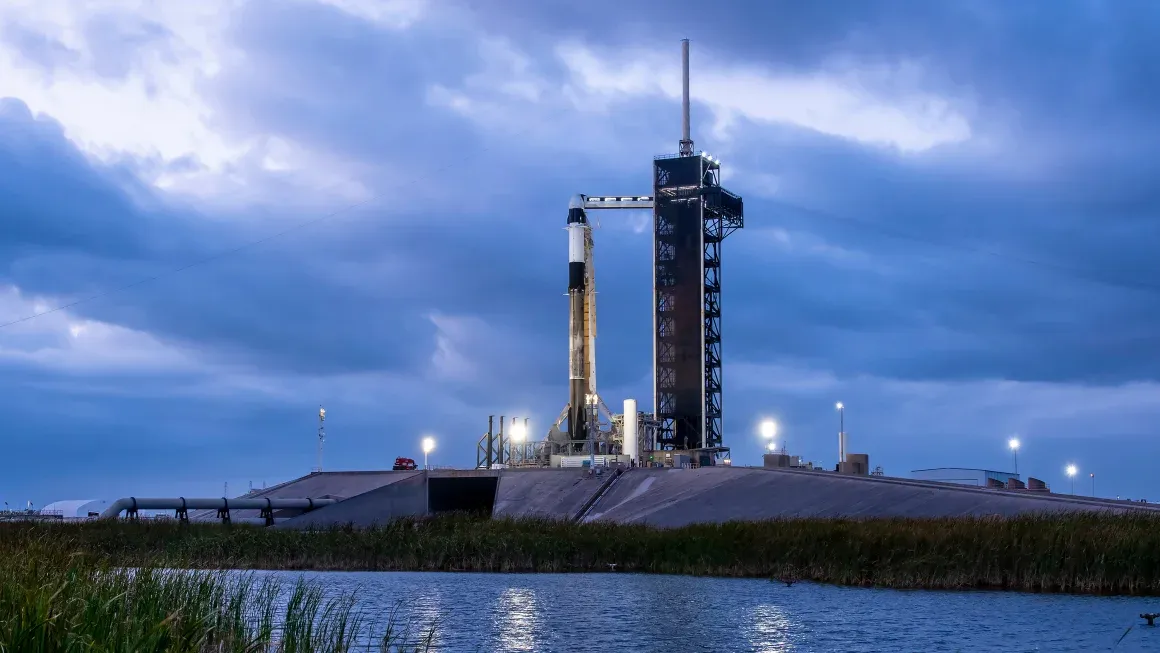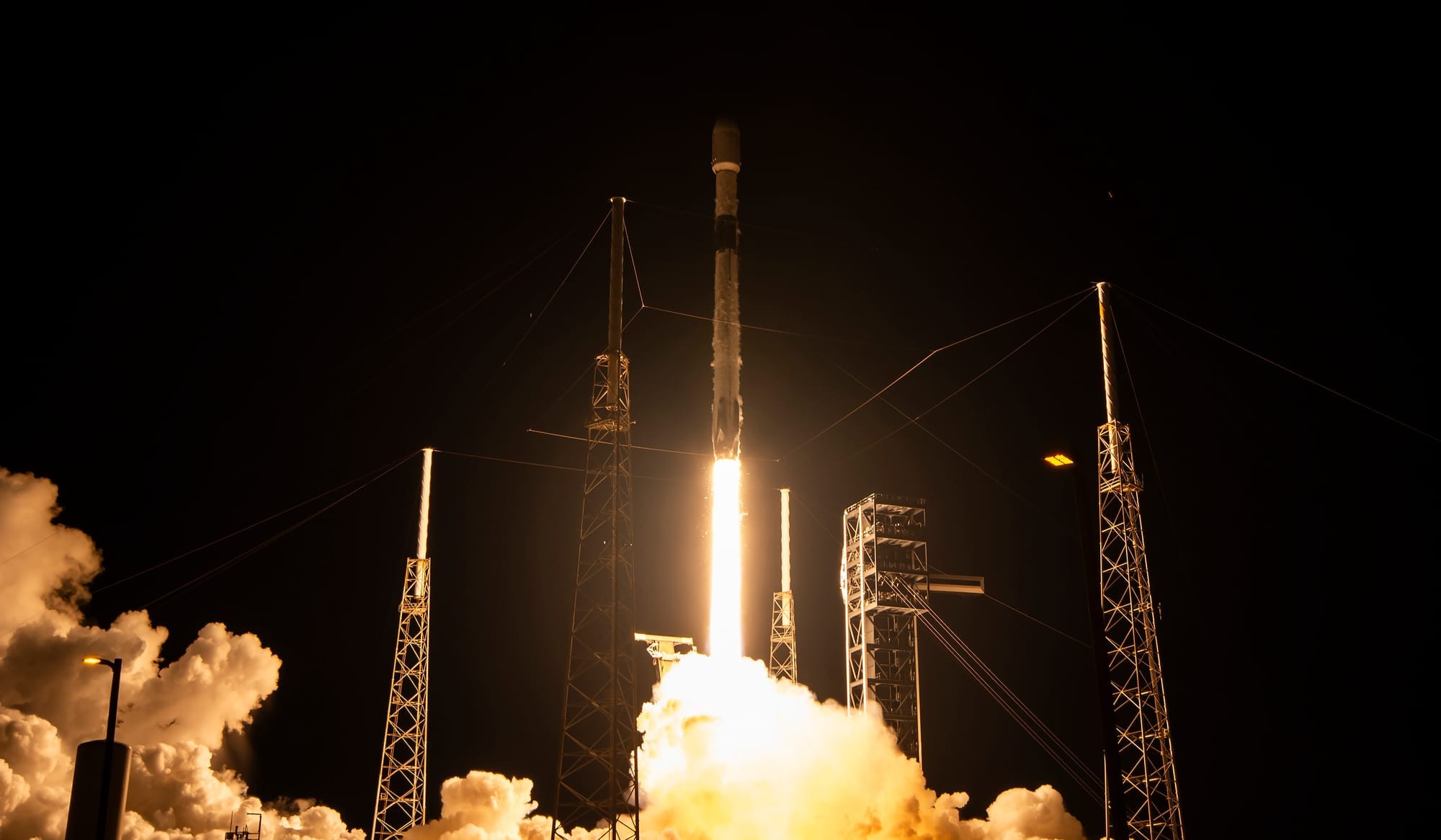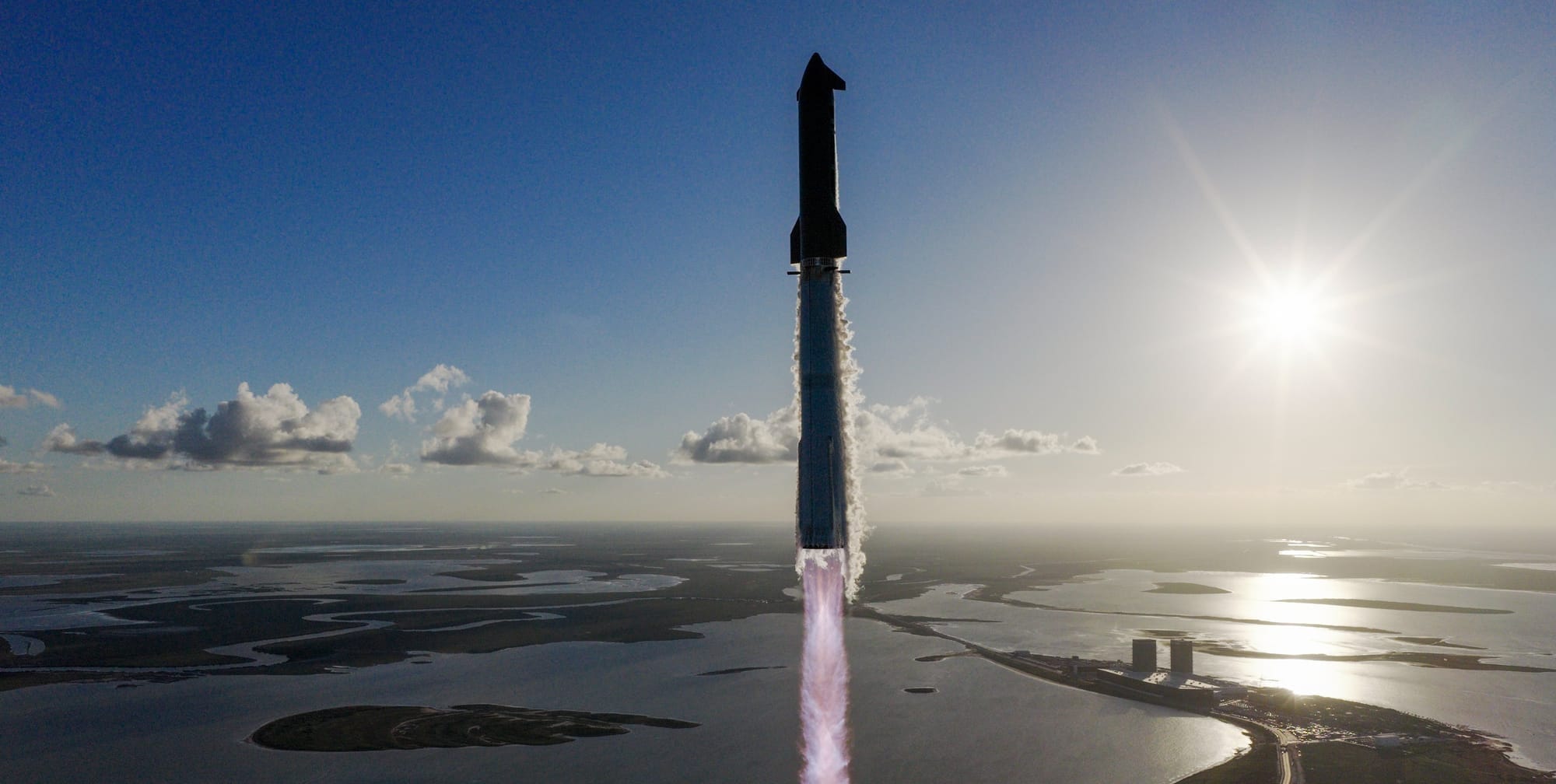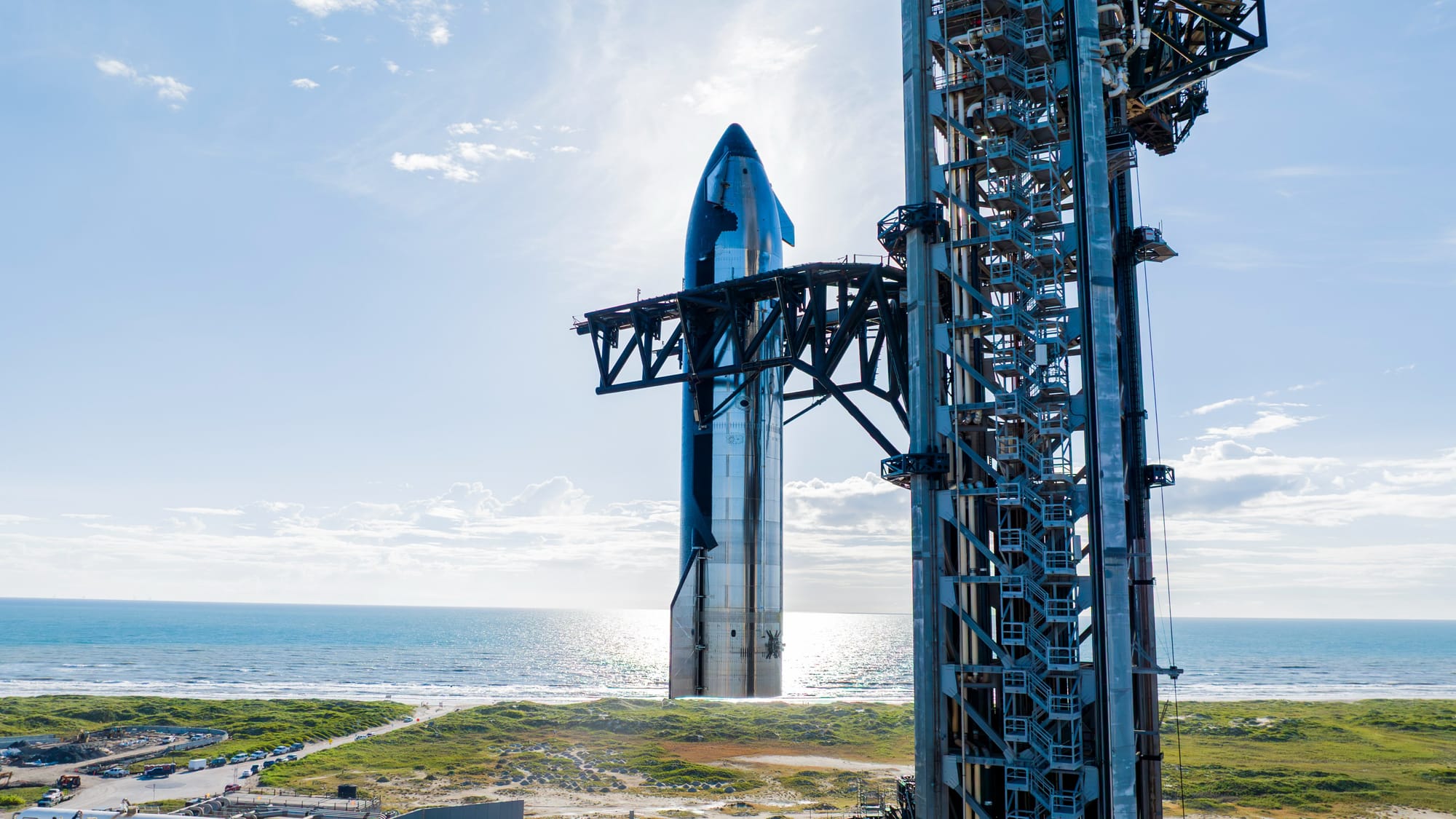Table of Contents
The Fram-2 mission, launched on April 1st, 2025 represents a new and exciting endeavor in human spaceflight. Operated by SpaceX, this 4-5 day private mission will propel a four-member civilian crew into a polar orbit, marking the first time humans have traversed over Earth's poles from low Earth orbit (LEO). Named after the historic Norwegian exploration vessel Fram, the mission embodies the spirit of discovery and aims to advance our understanding of our planets poles and human adaptability in microgravity.
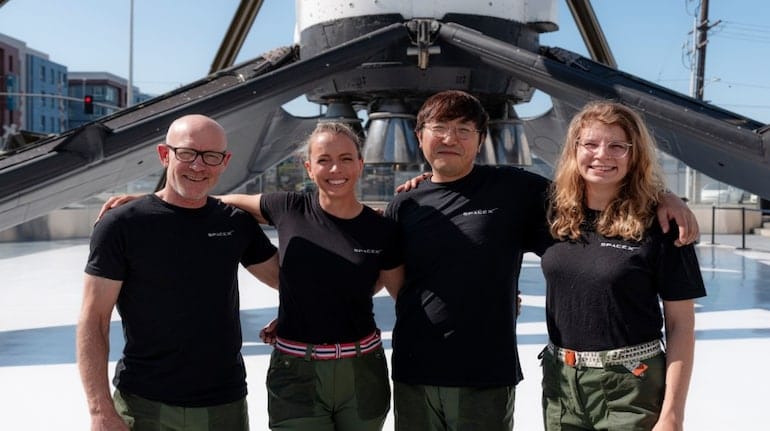
The Crew of Fram-2
The Fram-2 mission features an all-civilian crew of four individuals, each embarking on their inaugural journey into space. The selection underscores the growth in accessibility of space travel and highlights the growing role of private enterprises in human space exploration of the 21st century.
Mission Commander: Chun Wang
Chun Wang, a crypto entrepeneur and financier of the Fram-2 mission, serves as its mission commander. His entrepreneurial background has been instrumental in funding and organizing this historic mission. As commander, Wang is responsible for overseeing the mission's execution and ensuring its objectives are met. Wang was born in Tianjin, China but later moved to Thailand, and then South Korea. He then became a citizen of Malta and Saint Kitts and Nevis.

Vehicle Commander: Jannicke Mikkelsen
Jannicke Mikkelsen is a Norwegian cinematographer born in Edinburgh, Scotland. In 2009, Mikkelsen was a camera operator specializing in stereoscopy in Germany working on 3D films. In 2019 she participated as a payload specialist in the first of its kind round the world flight "One More Orbit" Mission. It aimed at breaking the world record for the fastest circumnavigation of the Earth via both poles. she was also on the teams responsible for the visual effects of the science fiction film Stowaway.
All these factors allow Jannicke to offer a very unique perspective for this mission.

Pilot: Rabea Rogge
Rabea Rogge serves as the pilot for Fram-2. Rabea was born in Berlin and has a masters degree in electrical engineering. She has also been a member of the Swiss Academic Spaceflight Initiative. A unique radio experiment is being planned by the amateur radio club of Technische Universität Berlin in which Rabae will make contact with Earth directly from a SpaceX Dragon spacecraft. A Berlin Livestream will braodcast the event directly from the University's radio room. Its known as the "Fram2Ham" experiment which she codeveloped.

Mission Specialist and Medical Officer: Eric Philips
Eric Philips assumes dual roles as mission specialist and medical officer. His responsibilities include conducting medical experiments and ensuring the crew's health throughout the mission. Philips was born in Australia and has a Bachelor of Education with a Graduate Diploma in Outdoor Education. Philips worked as a Field Training Officer for the Australian Antarctic division and in 2009 he semi-circumnavigated Greenland on board Greenpeace's icebreaker, Arctic Sunrise as part of their Climate Impacts expedition.
Philips' expertise will be particularly valuable for experiments involving observations of the poles that he will fly over several times on his mission.
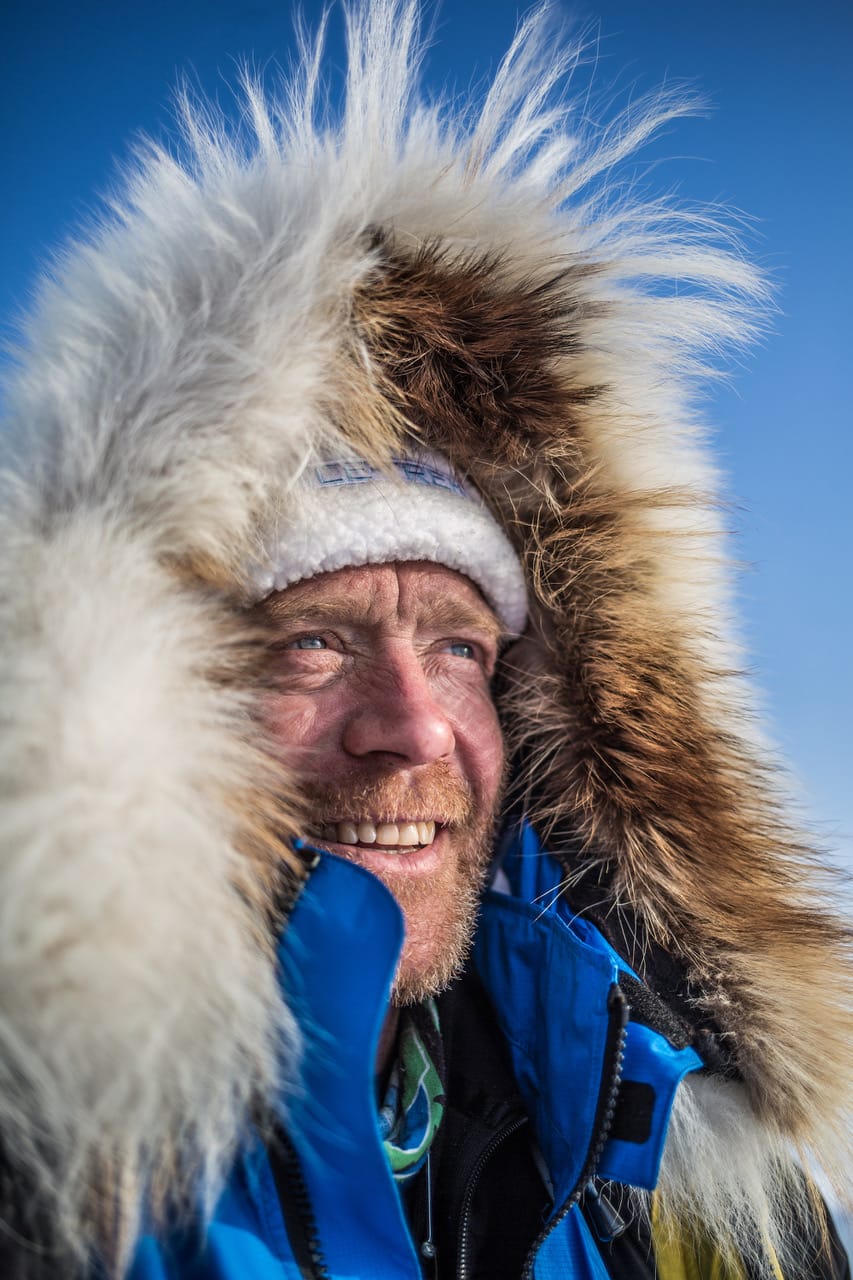
The Spacecraft: Crew Dragon Resilience
The Fram-2 mission employs SpaceX's Crew Dragon spacecraft Resilience, which has a storied history of successful missions. Designed for versatility and safety, Resilience epitomizes SpaceX's commitment to reusable spacecraft technology.
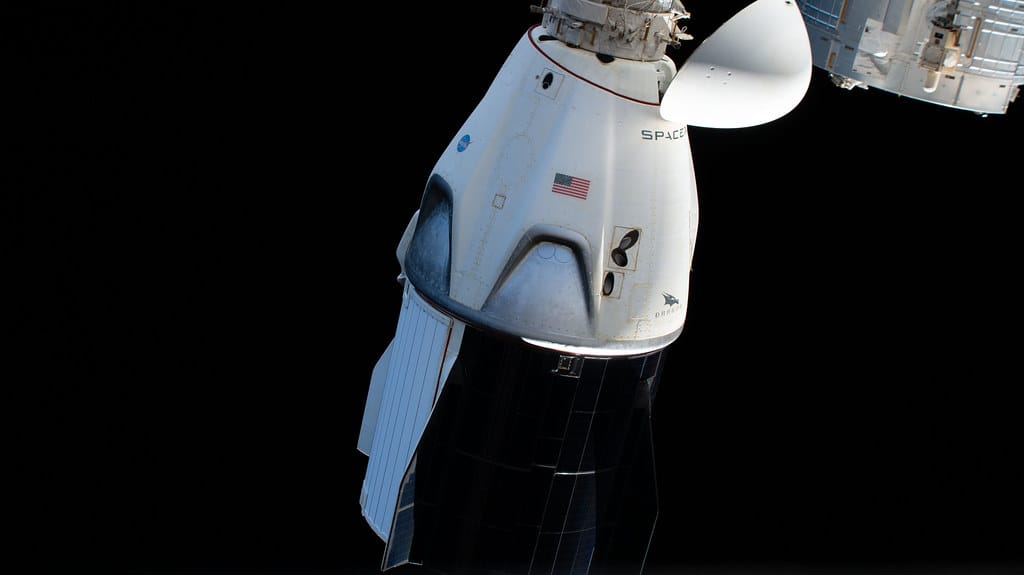
Past Missions of Resilience
Resilience has previously completed three significant missions:
- Crew-1: The spacecraft's maiden voyage involved transporting NASA astronauts to the International Space Station (ISS) for a 167-day stay
- Inspiration4: This marked the first all-civilian orbital mission, showcasing Resilience's capability to support private spaceflight endeavors
- Polaris Dawn: This commercial flight included the first-ever commercial spacewalk, further demonstrating Resilience's versatility
Mission Objectives and Scientific Experiments
Fram-2 is not merely a milestone in human spaceflight; it is also a scientific expedition aimed at addressing critical questions about human health and environmental phenomena.
Primary Objectives
- Polar Exploration: By entering a polar orbit with a 90° inclination, Fram-2 will provide unprecedented views of Earth's polar regions. This trajectory allows for direct observation of phenomena such as auroras and other atmospheric emissions like STEVE (Strong Thermal Emission Velocity Enhancement)
- Human Adaptability: The mission will investigate how humans adapt to microgravity by conducting experiments on muscle preservation, bone density maintenance, and overall physiological changes
- Space Technology Validation: The use of advanced imaging technologies like X-rays in microgravity will set new benchmarks for medical diagnostics in space
Scientific Experiments
Fram-2 will conduct 22 experiments across various disciplines
- SpaceXray: The first-ever X-ray imaging of humans in orbit aims to evaluate bone density and internal organ health under microgravity conditions
- Mission MushVroom: This experiment will explore mushroom cultivation as a potential food source for long-duration missions
- Blood Flow Restriction Studies: These studies aim to develop exercise regimens that mitigate muscle atrophy during extended stays in space
- Sleep Behavior Analysis: In collaboration with Oura Health, this study will monitor astronauts' sleep patterns before, during, and after their flight
- Portable MRI Research: A compact MRI device will be used to examine changes in brain structure due to prolonged exposure to microgravity
These experiments are designed not only to advance scientific knowledge but also to pave the way for future long-duration missions to destinations like Mars.
Trajectory and Orbital Parameters
Fram-2's trajectory sets it apart from previous human spaceflights by venturing into a polar orbit—a feat never before achieved from LEO. The spacecraft will maintain an altitude between 425 km and 450 km (264–280 miles) with an orbital period of approximately 93 minutes. This altitude allows for high-resolution observations of Earth's polar regions while minimizing exposure to radiation from those present in higher orbits. A polar orbit enables Fram-2 to pass directly over Earth's North and South Poles within each orbital cycle. This unique trajectory facilitates comprehensive studies of polar phenomena that are inaccessible from traditional equatorial or inclined orbits.
This will also be SpaceXs first mission with dragon recovery operations off the coast of California
Historically, human spaceflights have been limited to inclinations below 65°, leaving Earth's polar regions largely unexplored from LEO. Fram-2 seeks to bridge this gap by providing direct observational data that could inform climate science, atmospheric studies, and future exploration strategies.
By venturing into uncharted orbital territory over Earth's poles, it aims to unlock new insights into both our planet and human adaptability in space. With its diverse crew, state-of-the-art spacecraft, and ambitious scientific agenda, Fram-2 is poised to set new benchmarks for private space exploration while contributing valuable data for humanity's collective journey into the cosmos.

